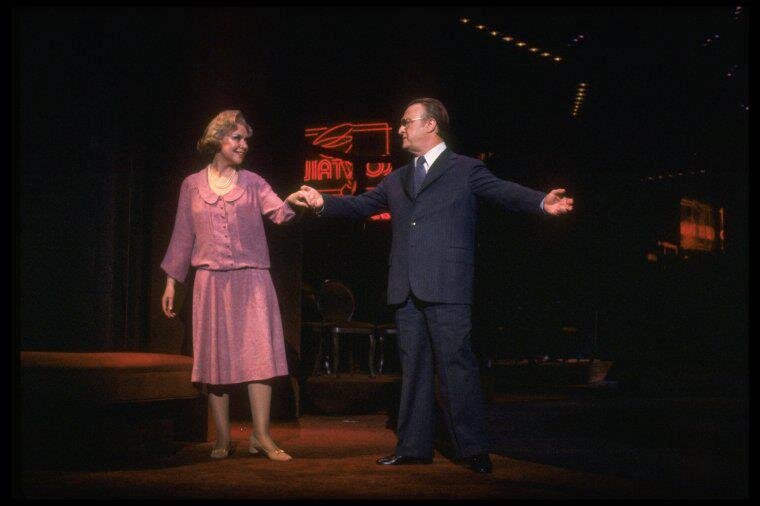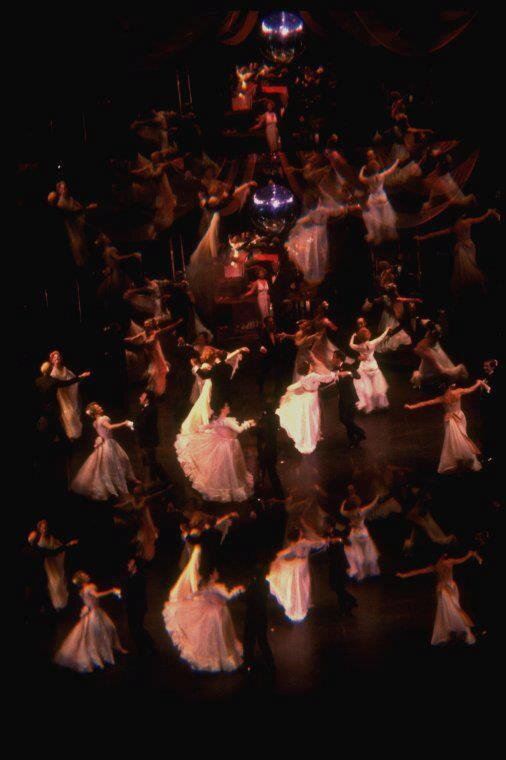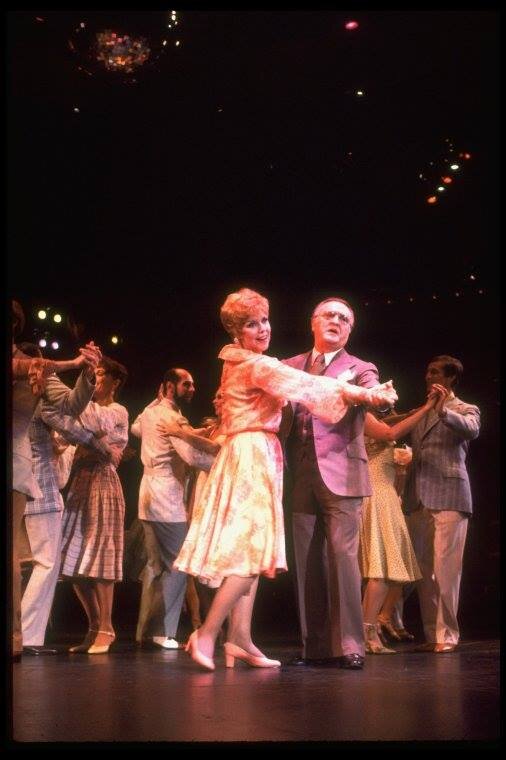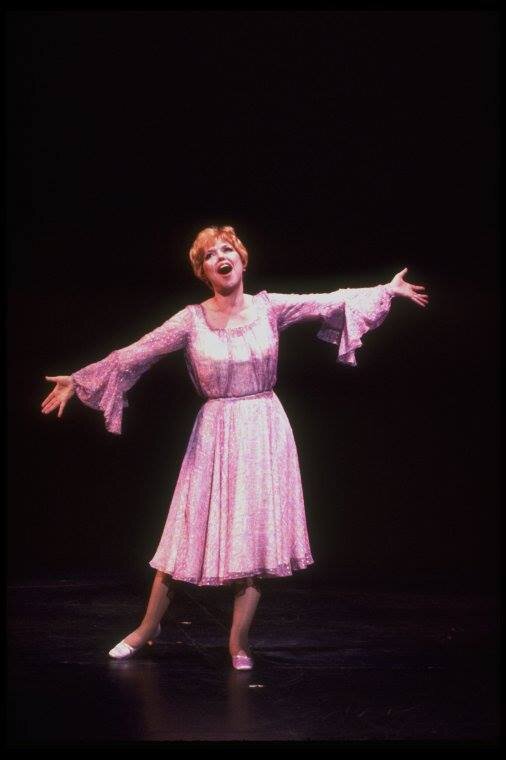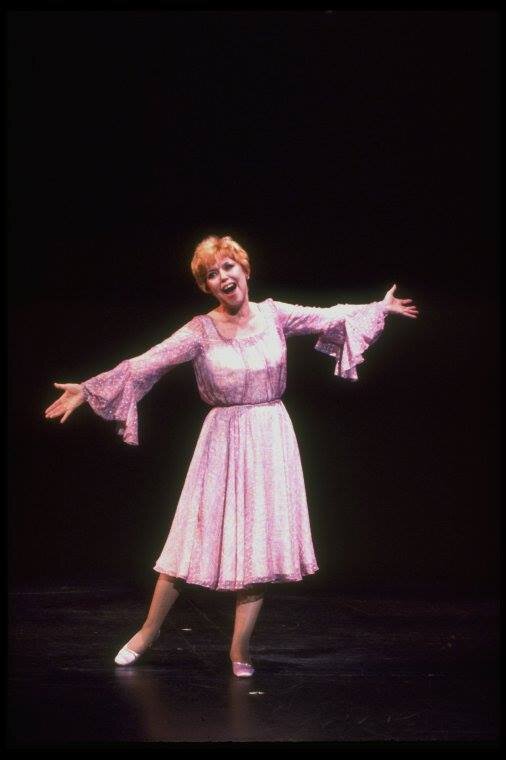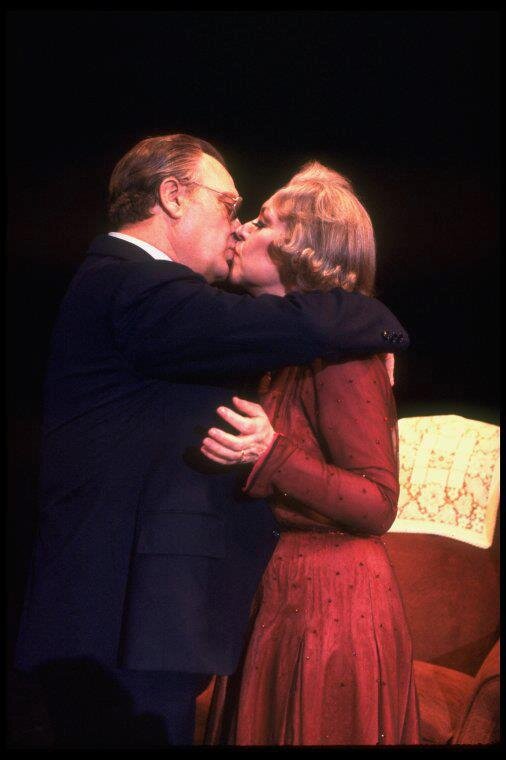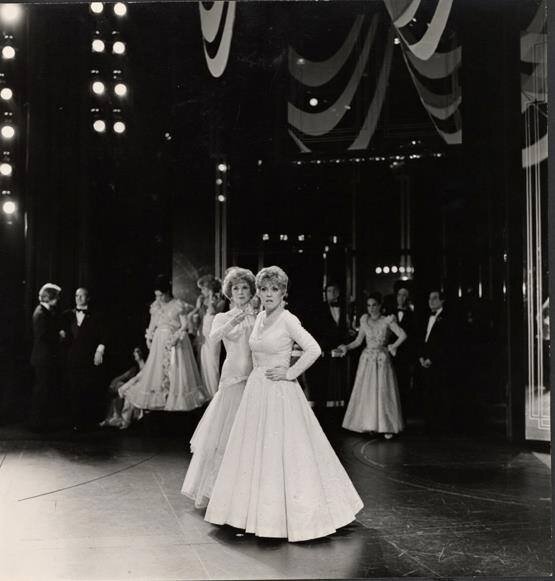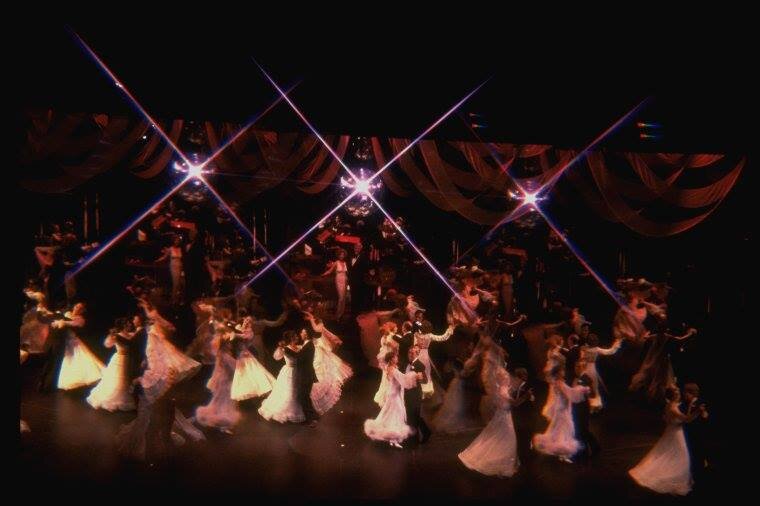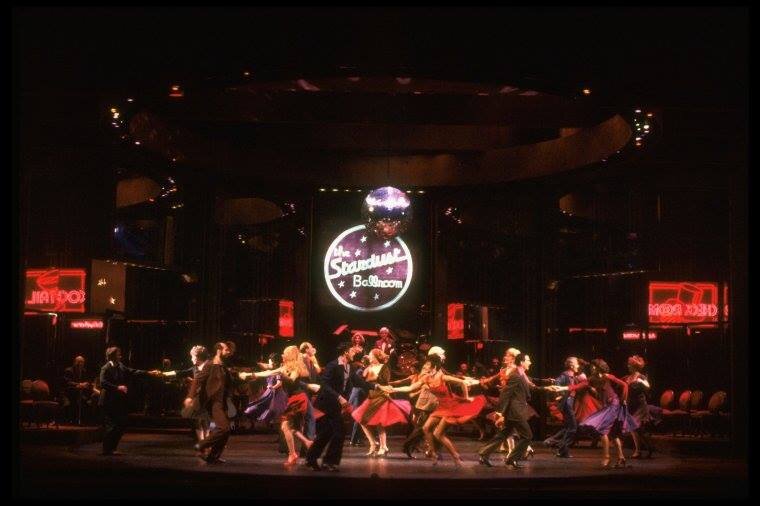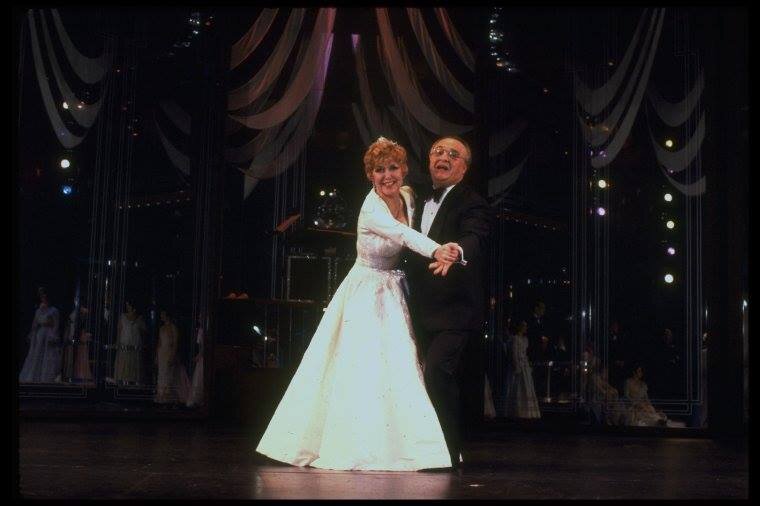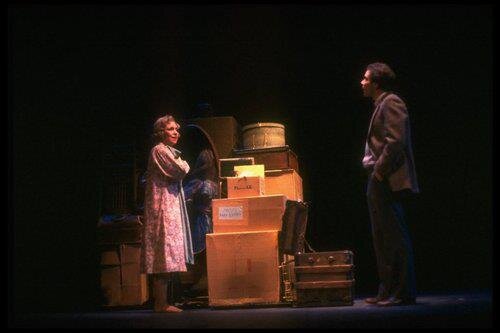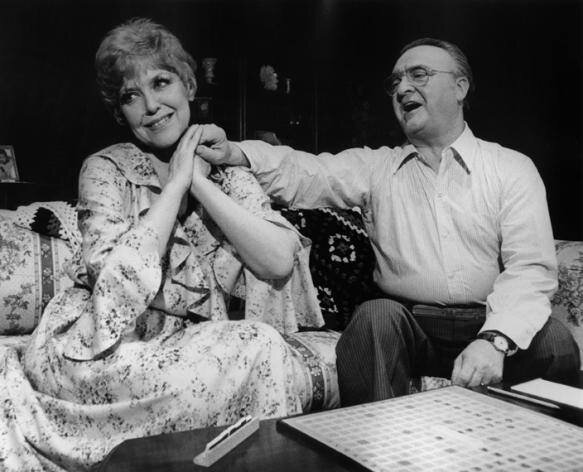Remembering Ballroom
A Broadway musical that failed to run, but that has a great deal of love and affection from die-hard Broadway fans, is the 1978 Ballroom. Drawing its inspiration from the 1975 made for TV film Queen of the Stardust Ballroom written by Jerome Kass, the musical was director-choreographer Michael Bennett’s follow-up to his masterwork A Chorus Line. Unfortunately, the show struggled to find an audience but left behind a handful of warm memories for those who could appreciate its charms.
The story of Ballroom follows an widow named Bea Asher who makes regular visits to her local dance hall. There, she meets and begins a romance with Alfred, a mailman. As the story progresses, we learn just how sad and lonely Bea is, desperate to find someone to share her life with. Thinking Alfred is the answer to her prayers, she is all the more devastated when she learns the man hasn’t been quite honest with her about his personal life. Bea summons her strength and decides to accept Al for what he can bring to her life, even if he can’t give his complete heart to her. Something is better than nothing.
Ballroom’s score was written by Billy Goldenberg (music) and Alan Bergman and Marilyn Bergman (lyrics). Generally, it is an agreeable bundle of music without being all that distinguished.The score had some standouts, including “A Song for Dancing,” “Goodnight is Not Goodbye,” and “Fifty Percent.” Despite garnering a slew of Tony nominations including Best Musical, the score was not nominated. It happened to be the same season as Sweeney Todd: The Demon Barber of Fleet Street, with Eubie, Carmelina, and The Grand Tour picking up the other slots that year. That same season, The Best Little Whorehouse in Texas was also overlooked in the Best Score category, which is odd considering how enduring it is.
Ballroom was also a big opportunity for actress Dorothy Loudon who had just come-off of her Tony-winning turn as the villainous Miss Hannigan in the 1977 hit Annie. A multi-faceted performer equally adept at playing broad comedy and heart-wrenching drama, the role of “Bea” was a full-fledged lead role for Loudon and would mine her well of talent. There would be no sharing top billing with a cloyingly perky orphan this time around. Ballroom rested squarely on her abilities and she gave the performance of her career, leading to a Tony nomination for her efforts. She was well-matched by Vincent Gardenia in the role of Alfred. Gardenia kept the character charming and likable, despite the fact that the story took him in unlikable places. The supporting cast included Sally-Jane Heit, John Hallow, Dorothy Danner, Peter Alzado, Lynn Roberts, Bernie Knee, Danny Carroll, and Marilyn Cooper.
Ballroom opened at Broadway’s Majestic Theatre on December 14, 1978 where it lasted for 116 performances. Critics generally found the production underwhelming, and many pointed to the fact that, what story there was, was minimal. Even more negative criticism was foisted on Bennett, arguing that, whatever dynamite he had ignited with A Chorus Line had been used up and that his bag of tricks was used up. It must have come as a great shock to them when, a few seasons later, he ushered Dreamgirls to such stratospheric success. Bennett did, however, win the Tony Award that season for Best Choreography for his work on Ballroom.
Ballroom, in many ways, is similar to Sondheim’s Follies and Kander and Ebb’s 70, Girls, 70, in that is brought together a chorus line of aging performers and reminded audiences that talent shines no matter how many trips you take around the sun and that over-the-hill is only in our minds. If Ballroom was not exactly a runaway success, it was a special show for reminding us of how time is fleeting, to make the most of it, and that we are never too old to love and live. That’s a pretty great message for a show that is mostly forgotten.
Mark Robinson is the author of the two-volume encyclopedia The World of Musicals, The Disney Song Encyclopedia, and The Encyclopedia of Television Theme Songs. His forthcoming book, Sitcommentary: The Television Comedies That Changed America,will hit the shelves in October, 2019. Hemaintains a theater and entertainment blog at markrobinsonwrites.com.


